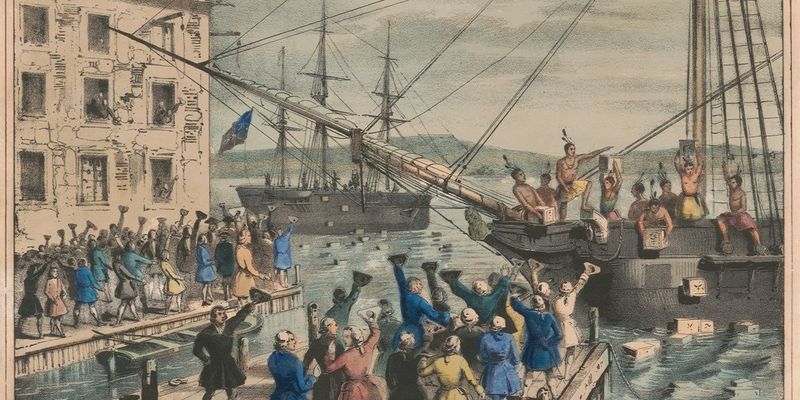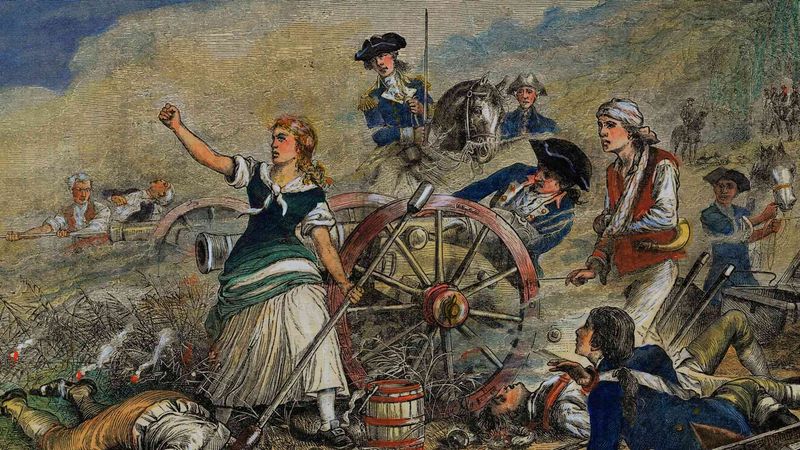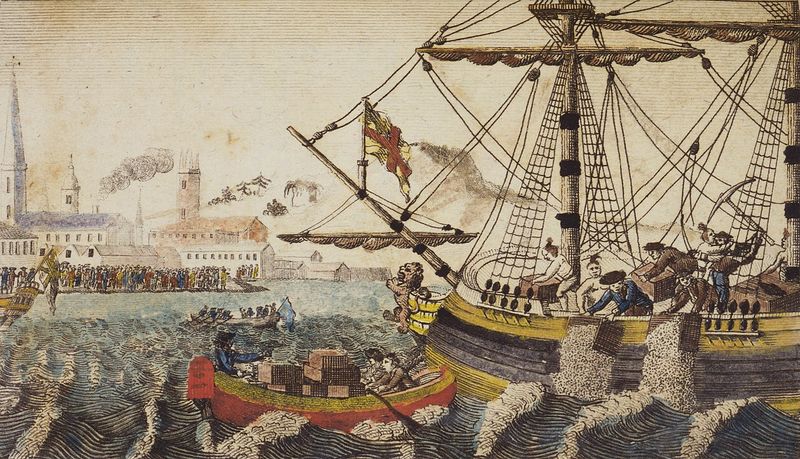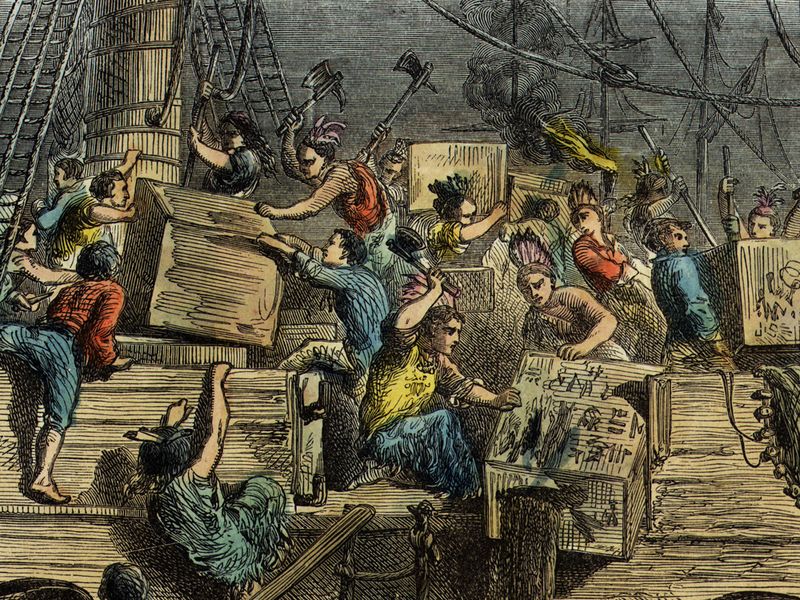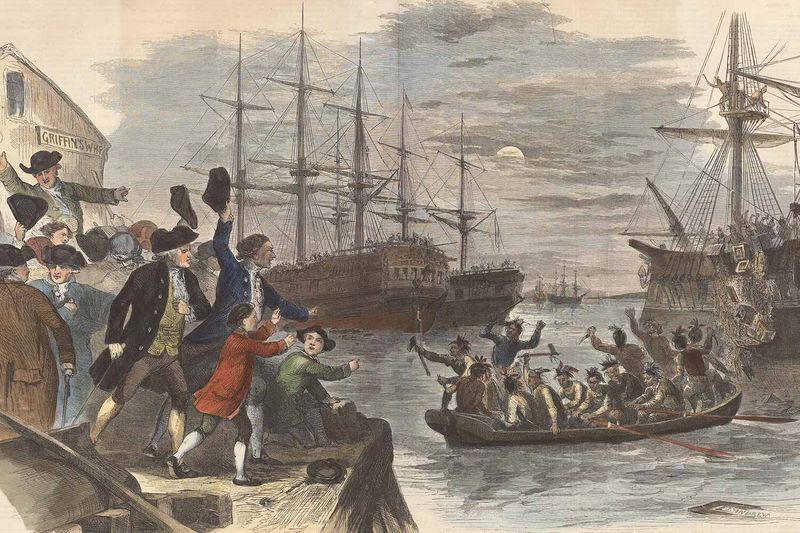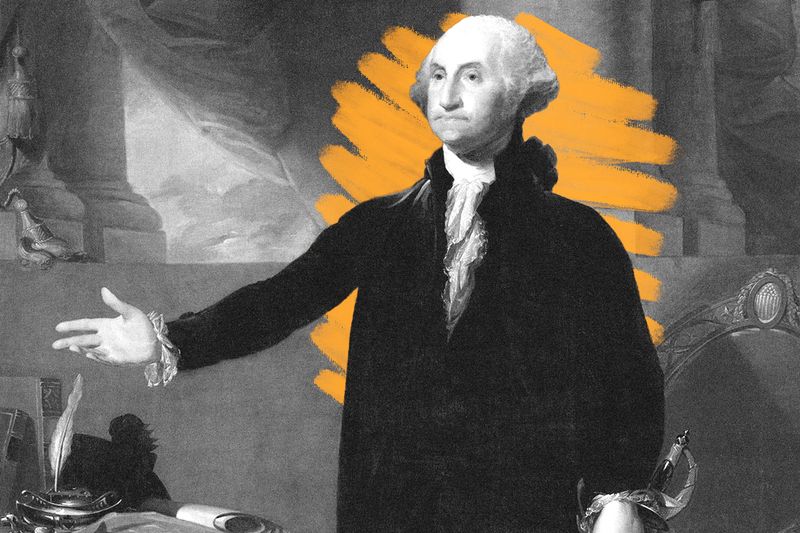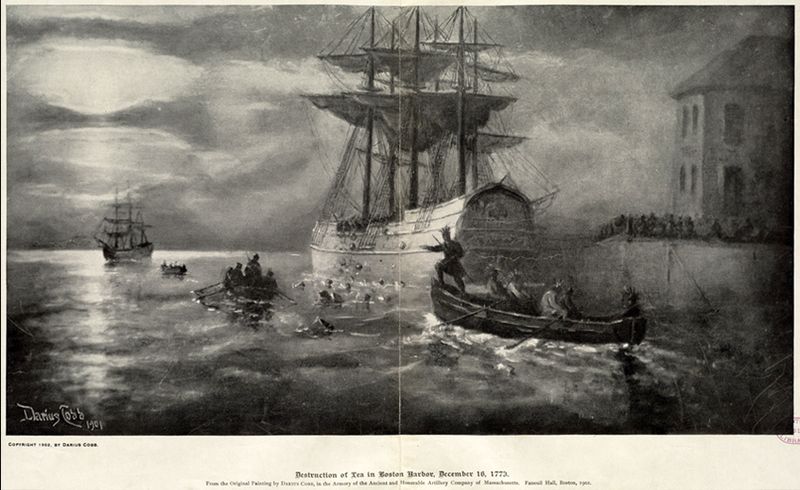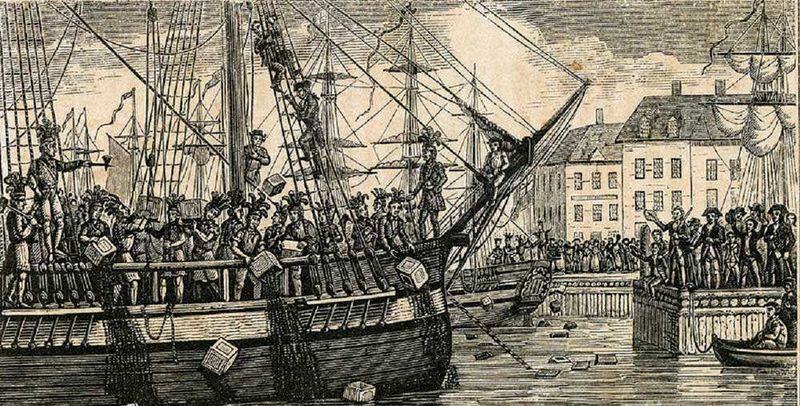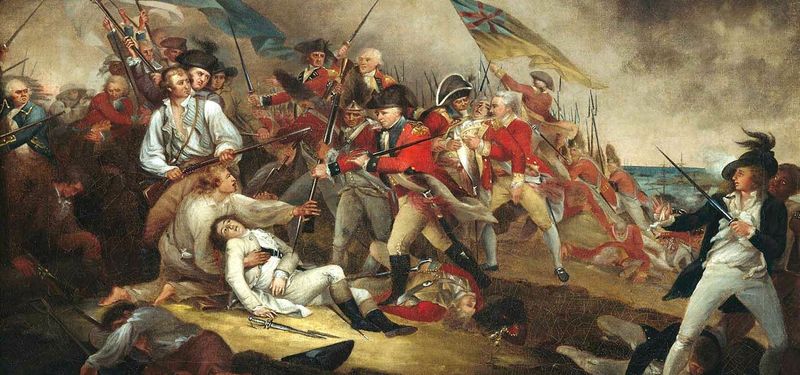We all know the textbook version — colonists dressed as Mohawk warriors dumped British tea into Boston Harbor in protest. But behind the iconic splash of rebellion lies a complex and lesser-known story. Here are the hidden truths about the Boston Tea Party that rarely make it into history class.
1. It Wasn’t About Tea — It Was About Power
The Boston Tea Party wasn’t merely a protest against high tea prices. The colonists’ real issue was the monopoly granted to the East India Company. Many colonial merchants felt threatened by this move, fearing it could drive them out of business.
They saw it as a power play by the British to control commerce in the colonies. This event was more about asserting their right to trade freely without interference.
The monopoly highlighted the ongoing struggle between the colonies and Britain over economic autonomy. It was a fight for power, not just tea.
2. It Wasn’t Spontaneous
Many imagine the Boston Tea Party as a spur-of-the-moment act of defiance, but in reality, it was meticulously organized. The Sons of Liberty, a group of revolutionary patriots, planned it over weeks.
They held secret meetings and coordinated efforts to ensure the protest went smoothly. Their careful planning was crucial to its success.
By the time the event unfolded, every detail had been considered, from the timing to the participants’ roles. This wasn’t a random act of rebellion but a calculated political statement.
3. Many Colonists Disapproved
Not all colonists supported the Boston Tea Party. Even within revolutionary circles, opinions varied. Some felt that destroying property might alienate potential allies.
They feared the act could provoke harsher British retaliation, worsening their situation. Others believed peaceful protest was more effective in conveying their message.
The event highlighted the complexities and divisions within the revolutionary movement. While some celebrated the bold statement, others worried about its repercussions, revealing a nation grappling with its identity and methods of resistance.
4. It Was Surprisingly Peaceful
Despite being a protest, the Boston Tea Party was remarkably peaceful. No physical confrontations occurred, and the protestors took care to avoid unnecessary destruction.
They focused solely on the tea, ensuring no other property was damaged. Participants even cleaned up after themselves to avoid causing more chaos.
This level of discipline and respect for property was unusual for a protest of this magnitude. Their restraint demonstrated a commitment to their cause without resorting to violence, making a powerful statement in itself.
5. They Wore Disguises — But Not Foolproof Ones
The images of colonists dressed as Mohawk warriors are iconic, but their disguises were far from perfect. Many participants were easily recognized by locals despite the costumes.
The disguises were symbolic, meant to convey a message rather than conceal identities entirely. They represented a connection to native resistance against oppression.
However, their minimal nature meant they served more as a statement than a means of anonymity. For many, it was a calculated risk to stand up for their beliefs, regardless of being identified.
6. Only Tea Was Targeted
During the Boston Tea Party, the protestors focused exclusively on the tea. Despite having access to other goods on the ships, they intentionally left everything else untouched.
Their mission was clear: to protest the Tea Act and its implications. By targeting only the tea, they sent a specific message about their grievances.
The destruction of 342 chests, worth millions today, was a deliberate act to highlight their opposition. This strategic focus underscored their resolve and commitment to their cause, making the protest all the more impactful.
7. There Were Multiple Tea Parties
The Boston Tea Party was just the beginning. Inspired by this bold act, similar protests occurred in other colonies. Places like Charleston, Philadelphia, and New York saw their own versions of tea-dumping protests.
Each event demonstrated solidarity among the colonies in their opposition to British policies. It wasn’t just a local issue but a widespread resistance against perceived tyranny.
These subsequent tea parties illustrated the growing unity among the colonies, setting the stage for the larger revolutionary movement that followed.
8. The British Cracked Down Hard
In the wake of the Boston Tea Party, the British government responded with severity. They introduced the Coercive Acts, also known as the Intolerable Acts, to punish the colonies.
Boston’s port was closed, and local governance was severely restricted, further inflaming colonial resentment. These measures aimed to isolate Boston, but they instead unified the colonies against a common enemy.
The harsh response only fueled the desire for independence, turning the Boston Tea Party into a catalyst for the American Revolution.
9. George Washington Wasn’t a Fan
George Washington, a leader in the American Revolution, wasn’t supportive of the Boston Tea Party. He viewed the destruction of property as too extreme, despite opposing the Tea Act itself.
Washington’s disapproval highlighted a divide in revolutionary strategies, with some advocating for less destructive forms of protest.
His stance reflected the complex dynamics within the movement, where not all leaders agreed on the best approach to achieving independence. This division illustrated the challenges faced in uniting the colonies under a single cause.
10. Many Protestors Hid Their Identity for Decades
Fear of British retaliation led many Boston Tea Party participants to keep their involvement hidden for years. They worried about potential prosecution or repercussions from the crown.
Decades passed before some felt safe enough to speak openly about their roles in the protest. This secrecy underscored the risks they took in standing up against British rule.
Their willingness to remain silent for so long demonstrated the gravity of the situation and the genuine fear of retribution, even in the face of eventual victory.
11. Smuggling Played a Huge Role
American smugglers had long been bypassing British taxes, creating a thriving black market. Ironically, the Tea Act made legal tea cheaper, threatening their livelihoods.
This economic reality contributed to the fervor of the Boston Tea Party, as many smugglers supported the protest to protect their interests.
The complex interplay between legal and illegal trade highlighted the economic tensions driving the rebellion. It wasn’t just about taxes; it was about maintaining control over their economy and resisting external interference.
12. It Sparked More Than a War — It Fueled Identity
The Boston Tea Party’s impact extended beyond sparking the American Revolution. It became a foundational myth for American identity, symbolizing defiance and resistance.
The event helped shape the narrative of the colonies as a people united against oppression. It fueled a sense of pride and determination to forge a new nation.
This iconic protest became a symbol of American spirit, influencing how the country views itself to this day. It was more than a political statement; it was a defining moment in the creation of a national identity.

